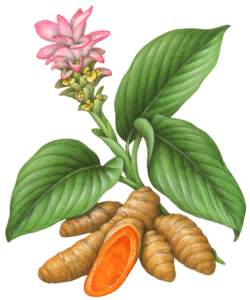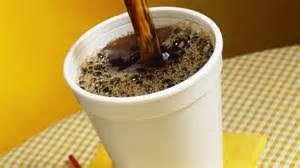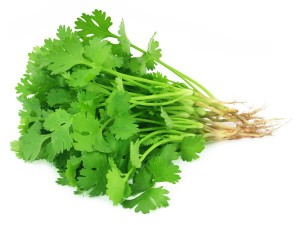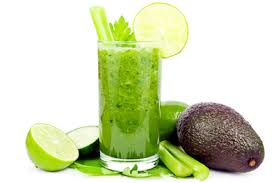What makes a great supplementation program?
Minerals
Minerals are the foundation of a supplement program. Most people are aware of the importance of vitamins, but vitamins will be of little use in the absence of minerals. Minerals are responsible for the chemical reactions which take place in the cells and are necessary for proper bodily function. Different minerals have different roles, so we need a wide variety. Some of the functions include tissue rebuilding, brain function, heart contractions, water distribution, thyroid function and regulation of blood sugar. Because of the wide range of minerals needed, it is important to include both micro and macro mineral supplements. Minerals are best absorbed on an empty stomach.
Micro minerals
Microorganisms in the soil convert inorganic minerals (from rocks and soil) into a form that is useable by plants. The human body can easily utilize minerals in this form. The most bio-available micro minerals are therefore liquid, colloidal, plant-based minerals. Minerals in this form can most easily be absorbed into the digestive system.
There are approximately 66 micro minerals (trace minerals), essential to good health. They are called trace minerals because they are only needed in very small amounts, but they are catalysts for various chemical reactions that need to occur within the body. Trace minerals include iron, zinc, copper, iodine, chromium, manganese and selenium. They should not be taken separately, but in a balanced formula. Selenium is particularly important in protecting against cancer but must be taken at the prescribed dosage. It is known to increase the effects of Vitamin E. It is also an antioxidant. Zinc is also worth a mention. A deficiency in zinc would severely impair the body’s defences against cancer.
Macro Minerals
These are the minerals essential to health, required in larger amounts. They play important roles in maintaining body functions. Macro minerals include calcium, potassium, phosphorus and magnesium.
Antioxidants
Examples of antioxidants are Vitamins C and E and garlic. Grape seed extract and white pine bark, (also called pycnogenol), are very powerful antioxidants. Pycnogenol has been shown in clinical studies to be 25 times more effective that vitamin C and 50 times more effective than vitamin E as an antioxidant. Pycnogenol could be described as a ‘super-smart missile’ that targets any damaged cells, restoring them.
Vitamins
It is essential to take vitamins, in a totally balanced formula. The problem with some inferior supplements is that they may not be in appropriate combinations. Large doses of one vitamin may decrease the absorption of another. The formula must be high quality, with ingredients that work synergistically. Vitamins will not be of benefit unless there is adequate minerals intake. Minerals provide the basis for chemical reactions in the body, enabling vitamins to perform their function. Vitamins are best absorbed with food.
Vitamins C and E have already been mentioned as antioxidants.
B Vitamins are necessary for energy, coping with stress, alleviating anxiety and supporting many body functions. They are best utilized when taken as a B complex. A good multivitamin should major on B vitamins plus C and E.
Vitamin A, found in nature as betacarotene, is also a potent antioxidant. It combats free-radical activity and are vital to the integrity of cell membranes and the body’s immune system. The best food sources are the dark green, yellow and orange fruits and vegetables, particularly mature carrots. Vitamin A protects against cancer development in the epithelial tissues, which are sites where cancer usually starts. The regular juicing of fresh organic carrots, with the addition of beetroot and celery, and some green barley or fresh greens, will help supply the extra need for vitamin A and betacarotene.
Vitamin D, commonly called ‘the sunshine vitamin’, can increase calcium absorption and promote growth and development of bones and teeth. It also boosts the immune system and is therefore an important cancer-fighting vitamin. Our bodies make vitamin D when the sun shines on our skin. It is also present in egg yolks and fish oil.
OTHER BENEFICIAL SUPPLEMENTS
Vitamin B17, present in highest quantities in apricot kernels, has the ability to destroy potential cancer cells before they get out of control. For those who are fighting cancer, vitamin B17 is a good weapon in your armoury. For those not fighting cancer, it is beneficial to take 5-10 kernels a day as a preventative measure.
Green drinks
Chlorella is a form of pure green algae, rich in chlorophyll. It oxygenates the blood; cleanses the bowel, liver and blood; helps the body clear toxins; supports the elimination of moulds in the body; promotes tissue repair. Green Barley is rich in vitamins, minerals, amino acids, chlorophyll and live enzymes. Wheat grass is another option. Green drinks provide richly nutritious food which is quickly absorbed and utilized for detoxification, alkalizing and regeneration.




 detoxification needs to speed up.
detoxification needs to speed up.